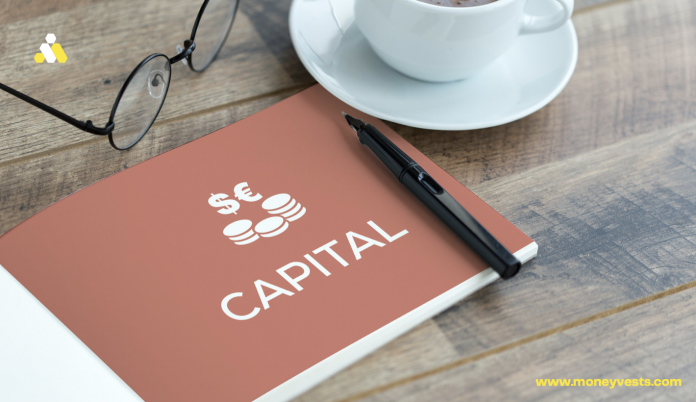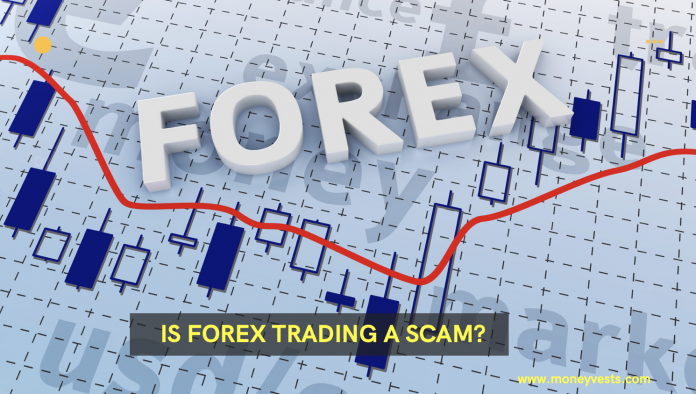How Do You Define a Joint Stock Company?
How do you define a joint stock company?
This article will cover the fundamentals of a joint stock company, including how shareholders have a say in everything that happens within the company and the rules and regulations for forming such a business entity.
The article will also provide an overview of the legal and administrative processes involved in forming and maintaining such a business.
Let’s start by looking at the legal definition of a joint stock company.
Shareholders have a say in everything that happens with a joint-stock company
What is a joint-stock company? A joint-stock company is a business that has many shareholders.
Shareholders buy shares of the company and own a piece of it, usually a certain percentage. This means that shareholders can transfer their shares to other shareholders, but they can’t be forced to do so.
The shareholders choose their board of directors, who run the company on behalf of the shareholders.
The vote is important because shareholders have a direct say in what happens with the company. They have the right to receive dividends from the company, and they can also influence the company’s management. They elect the board of directors, and they appoint the CEO.
Shareholders also have preemptive rights, which allow them to buy a certain number of shares before new shareholders.
In addition, shareholders can vote with a proxy if they cannot attend the annual meeting.
Board of directors controls the company
The Board of Directors is an administrative body of a joint stock company. Directors are appointed by the general assembly of shareholders for a period of three years.
Individual real persons can be elected to serve as directors, while legal entities must designate a representative who is a natural person. Directors must be a majority of shareholders.
Joint stock companies are governed by laws and must have a board with at least one non-executive director.
A joint stock company is a corporation or association of individuals organized for profit. Shareholders own the company’s shares and the Board of directors controls major managerial affairs.
Although shareholders have no direct control over the management of a joint stock company, they elect the directors to oversee the business.
These individuals are known as the faces of the Corporation, and their duties are to act in the best interests of the company and its shareholders.
Shareholders’ liability is limited
In a joint stock company, the members’ liability is limited, while the company’s is unlimited. As a result, the liability of the shareholders is not derived from their personal assets. This type of liability structure is incredibly common in the business world.
In the United States, shareholders are often protected from liability for the actions of the company.
Limitations on the liability of a shareholder begin when he purchases stock in the company, and last through the entire time the shareholder owns the company.
Although companies can become in debt, their liability to the public and third parties is the primary responsibility of the company.
In a joint stock company, the shareholders are responsible for any capital commitments, but they cannot be held personally liable for the debts of the company.
The limitation of the liability of shareholders in a joint stock company protects their personal assets from potential creditors. However, there are several differences between limited liability companies and joint stock companies.
Rules and regulations for forming a joint-stock company
In the United States, the rules for forming a joint-stock company differ from those for a limited liability company.
In the United Kingdom, however, this form of business organization is commonly used.
A joint-stock company is an artificial person with separate legal existence and members. Its shares are freely transferable and each shareholder can own as much of the company as they choose.
Joint-stock companies are particularly beneficial because they allow their members to avoid direct liability for the debts of the business.
The minimum registered capital for a joint-stock company is five million RMB. Shareholders can be anyone who has paid for shares. A board of directors is required for public joint-stock companies. There may be a single executive body or several.
The executive body of a joint-stock company is the management body that oversees day-to-day business operations. It reports to the board of directors and the general meeting of shareholders.
Did you enjoy reading this article? If so, check out more today!
Fact Check
We strive to provide the latest valuable information for our readers with accuracy and fairness. If you would like to add to this post or advertise with us, don’t hesitate to contact us. If you see something that doesn’t look right, contact us!





 Share this information with the insurance claims adjuster and try to negotiate for a higher payout. Your insurance company is legally bound to pay you what it considers fair.
Share this information with the insurance claims adjuster and try to negotiate for a higher payout. Your insurance company is legally bound to pay you what it considers fair.















